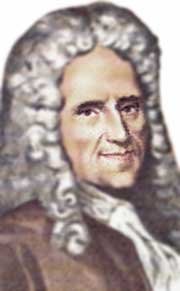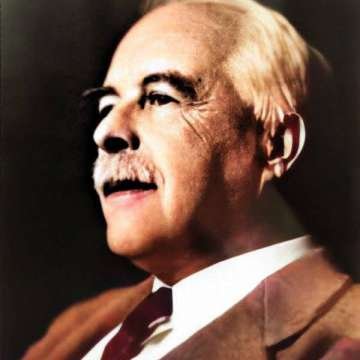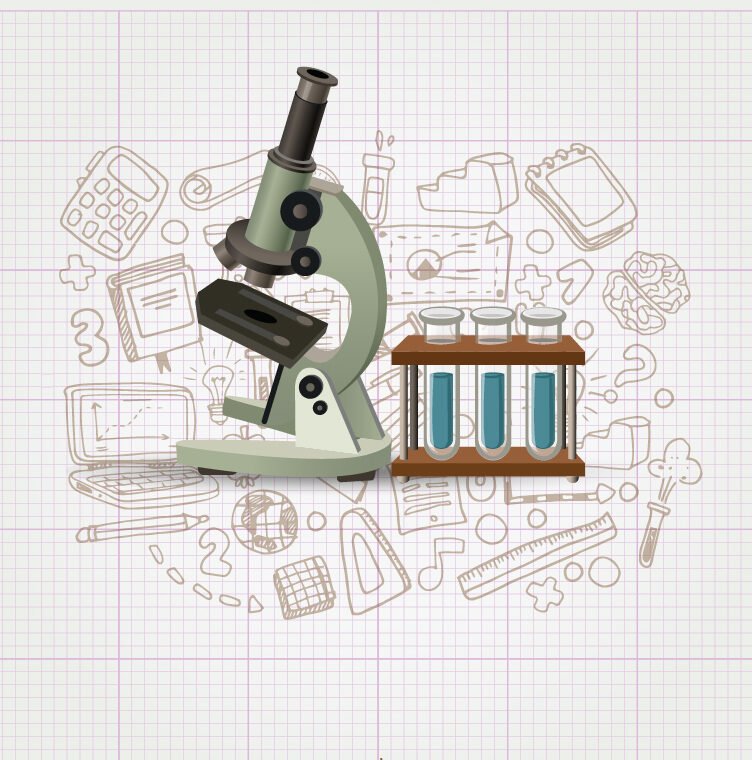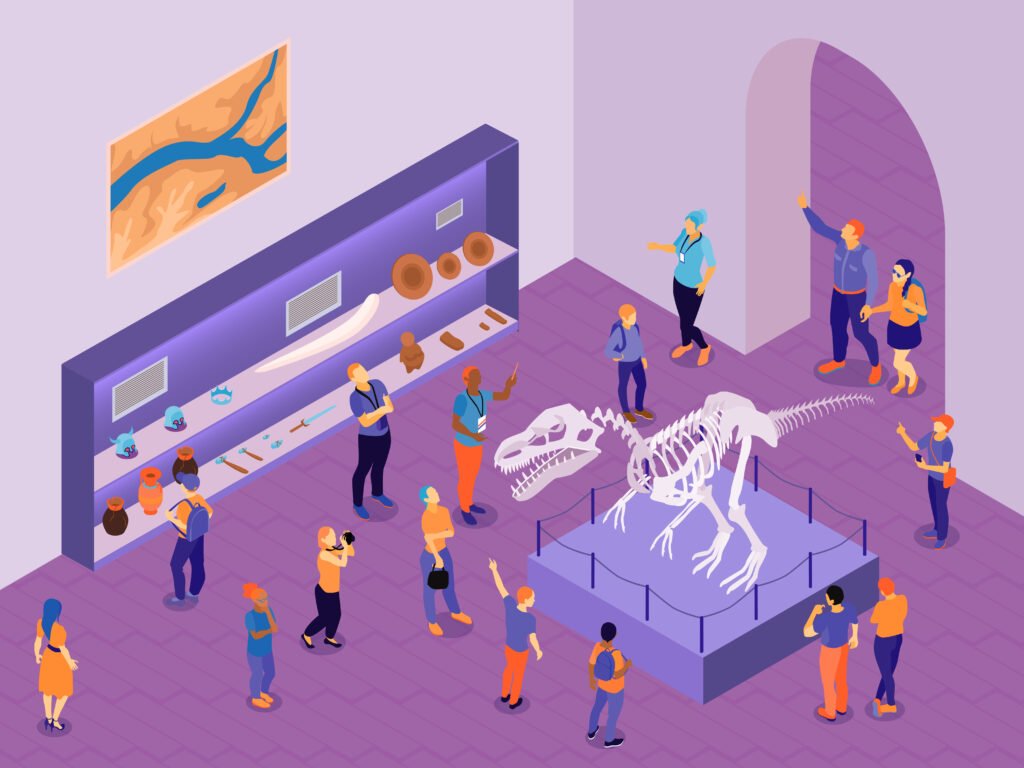The online atoms and light photons simulations on this page illustrate in an interactive way what the relationship between atoms and light photons is like and what the photon absorption and emission processes are like at the atomic level.
Relationship between atoms and light photons
Light at the atomic level is a complex phenomenon that can be understood as either a wave or a particle.
As a wave, light is an electromagnetic wave. Electromagnetic waves have a frequency and a wavelength that determine their energy and color. Visible light is only a small part of the electromagnetic spectrum, which also includes radio waves, microwaves, X-rays and gamma rays, among others.
As a particle, the study of light starts with photons, which are the elementary particles of light.
Absorption and emission of light photons at the atomic level
The absorption of light by an atom can cause an electron to jump to a higher energy level, while the emission of light by an atom occurs when an electron falls from a higher to a lower energy level and emits a photon. This process is known as electronic transition and is controlled by the laws of quantum mechanics.
Each electron jump produces a light photon of specific energy, which determines the color of the light that is emitted. For example, when electrons in a hydrogen atom jump from energy level n=3 to energy level n=2, a photon of red light with a specific wavelength is emitted. If electrons jump from the n=2 level to the n=1 level, a photon of blue-green light with a different wavelength is emitted. This process is known as electronic transition and is controlled by the laws of quantum mechanics.
Explore the exciting STEM world with our free, online simulations and accompanying companion courses! With them you'll be able to experience and learn hands-on. Take this opportunity to immerse yourself in virtual experiences while advancing your education - awaken your scientific curiosity and discover all that the STEM world has to offer!
Atoms and light photons simulations
- Discharge
- Absortion
- Quantum
Neon lights and other discharge lamps
Produce light by bombarding atoms with electrons. See how the characteristic spectra of different elements are produced and configure the energy states of your own element to produce light of different colors.
File
This Java simulation cannot run on this device because it has a screen that is too narrow. We recommend that, for a better user experience, you run it on a device with a wider screen.
Although this Java simulation can be run on your device, we recommend that for the better user experience, you run it on a device with a wider screen.
Absorption and emission of light
Electrons can change position by receiving energy (mainly light energy). The atom absorbs the incoming energy and returns it to its surroundings in the following order. Electrons that have risen to a high level drop back to their original position. At that time, they emit light photons.
Quantum of light
Move the arrow and observe how the wavelength, energy and emitted photons change.
Giants of science
“If I have seen further, it is by standing on the shoulders of giants”
Isaac Newton

Edme Mariotte
–

Gilbert Newton Lewis
–
Become a giant


The Physics of Electronic Polymers (PEP)



Energy to Electrochemistry Final Exam



Electrochemistry



Preparing for CLEP Chemistry: Part 1



Pre-University Chemistry



Big Bang and the Origin of Chemical Elements



























